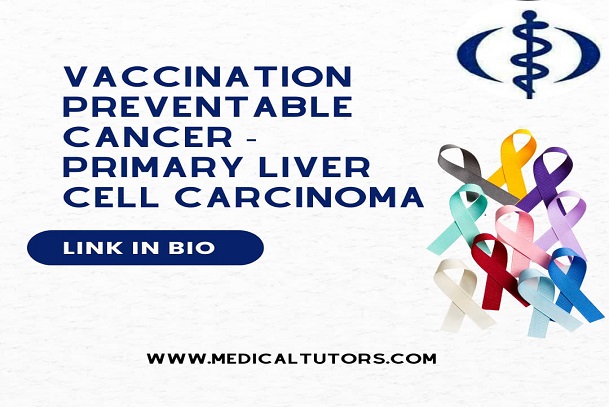 Wash your hands regularly and wear a face mask.
Learn more
Wash your hands regularly and wear a face mask.
Learn more

What is Hepatocellular Carcinoma (HCC)?
Hepatocellular carcinoma (HCC) is the most common type of primary liver cancer that occurs mostly in adults. It is the 6th most common form of cancer globally, ranking 5th in men and 7th in women. Therefore, making it the 3rd leading cause of cancer-related deaths in the world.
Hepatocellular carcinoma occurs when there is a chronic inflammation of the liver in people with cirrhosis which is caused by hepatitis B or hepatitis C infection, alcohol, and non-alcoholic fatty liver disease in people who don’t drink. Also, exposure to chemicals such as aflatoxin can also lead to hepatocellular carcinoma.
A large number of HCC cases with low survival rates are quite common in Sub-Saharan Africa where Hepatitis B infection is endemic. This means that a lot of people could have been infected with HCC from birth.
How Common Is Primary Liver Cell Carcinoma - HCC?
Globally, hepatocellular carcinoma (HCC) is currently on the rise and over 700,000 new cases have been recorded with its prevalence displaying a different pattern from one country to another. It is quite common in most developing countries, although developed countries such as the United States of America have recorded more cases of HCC due to hepatitis C infection.
The most affected country in the world is China with over 50% of all HCC incidences globally. Sub-Saharan countries also account for over 300,000 cases with an incidences rate of 20 per 100,000 as reported in Nigeria and the Gambia. This is all due to the low vaccination of children at birth against the hepatitis B virus, and chronic hepatitis C infection among sexually active partners.
HCC develops in the lower middle-aged bracket of men between the ages of 60-65 years and women between the ages of 65-75 years. When compared to people in developed countries who develop HCC at a higher middle-aged bracket of 75 years and above.
What Causes Primary Liver Cell Carcinoma?
The hepatocellular carcinoma or hepatoma is most often related to a chronic infection that is caused by the Hepatitis B or C virus. Cirrhosis can also increase a patient’s risk of developing hepatoma with the scarring blocking the flow of blood through the liver; it also affects the body’s processing of nutrients and naturally produced toxins.
Risk Factors
There is a high risk of developing liver cancer in a person infected with Hepatitis B as they get older, or if they have been diagnosed with cirrhosis. Although liver cancer most often occurs in the presence of cirrhosis, individuals with chronic hepatitis B infection can develop liver cancer without having cirrhosis.
In nonalcoholic fatty liver disease, excess fat builds up in the liver of people who drink little or no alcohol. The most severe form of nonalcoholic fatty liver disease is called nonalcoholic steatohepatitis (NASH). People with NASH have fat in their liver, along with inflammation and liver damage. They usually have no symptoms and do not know that they have a liver problem. NASH can be severe and can lead to cirrhosis.
The incidence of HCC is highest in Asia and Africa where the high prevalence of Hepatitis B and Hepatitis C strongly predisposes to the development of chronic liver disease and subsequent development of HCC.
Current international vaccination strategies for Hepatitis B virus and advancement in the management of Hepatitis C virus infections, promise to have a major impact on the incidence of HCC, but their benefit will be realized slowly because of the very long latency period (20 – 30 years) from hepatic damage to HCC development.
What are the Symptoms of HCC?
At an earlier stage, primary liver cancer (HCC) does not show any form of symptoms, only when it has reached a critical stage. At this stage, certain signs begin to manifest, and they include:
Prognosis of Primary Liver Cell Carcinoma (HCC)
The outcome or the survival rate for people with hepatocellular carcinoma (HCC) depends on some factors that include:
Although hepatocellular carcinoma is a life-threatening illness, early detection can help with successful treatment with surgery or a liver transplant. Other treatments of HCC could focus on the symptoms and help a patient to live longer. People at risk for hepatocellular carcinoma should have regular checks for signs of cancer.
People whose condition is diagnosed later can still have treatment and support that helps them to live longer and to have a good quality of life.